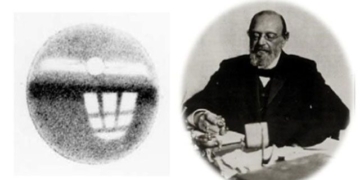A research team in China has developed a device capable of extracting saltwater to produce hydrogen directly. This system includes a membrane-based seawater electrolysis machine, addressing issues related to side reactions and corrosion faced by traditional methods.
They have claimed that their model “operated for over 3,200 hours under real-world application conditions without any issues.”
Traditional Hydrogen Extraction Methods Lack Sustainability
Most hydrogen produced today comes from fossil fuel sources, which can significantly increase carbon emissions. Electrolysis of seawater using renewable energy as input is a sustainable method eagerly anticipated for mass production of green hydrogen.
However, a challenge here is that the properties of saline water often lead to the corrosion of electrodes used in various systems, rendering them inoperable.

Most hydrogen produced today comes from fossil fuel sources. (Illustrative image).
The desalination process can address this problem, “but it requires additional energy input, making it economically expensive.” The size of the equipment involved in the desalination process also makes those solutions less flexible.
How Does the New Method Work?
An electrolysis machine typically consists of two electrodes coated with catalysts and a membrane separating the constituent components – hydrogen and oxygen. The formation of corrosive gas during this process leads to quicker degradation of the catalysts and electrodes. Magnesium and calcium ions in seawater can also clog the membrane. These factors reduce the overall efficiency and lifespan of such devices.
The Chinese research team claims that their new method realizes direct seawater electrolysis effectively, being scalable and flexible, similar to freshwater separation without significantly increasing operational costs.
They use concentrated potassium hydroxide electrolyte solution to immerse the electrodes, a porous membrane helps separate the electrolyte solution from seawater. The fluorine-rich membrane blocks liquid water but allows water vapor to pass through.
During electrolysis, the water in the electrolyte solution is expelled into its constituent components, causing a pressure change between the electrolyte and seawater, leading to seawater evaporation. Simultaneously, water passes through the membrane into the electrolyte and reverts back to liquid water, replenishing the supply for the next cycle.
The significance of this new method, configuration, and mechanism promises further applications in simultaneously treating wastewater based on water, resource recovery, and hydrogen production in one step.
The researchers assert that their device, along with hydrogen production, can recover lithium from seawater. Other applications of the device could expand to industrial freshwater purification.


















































